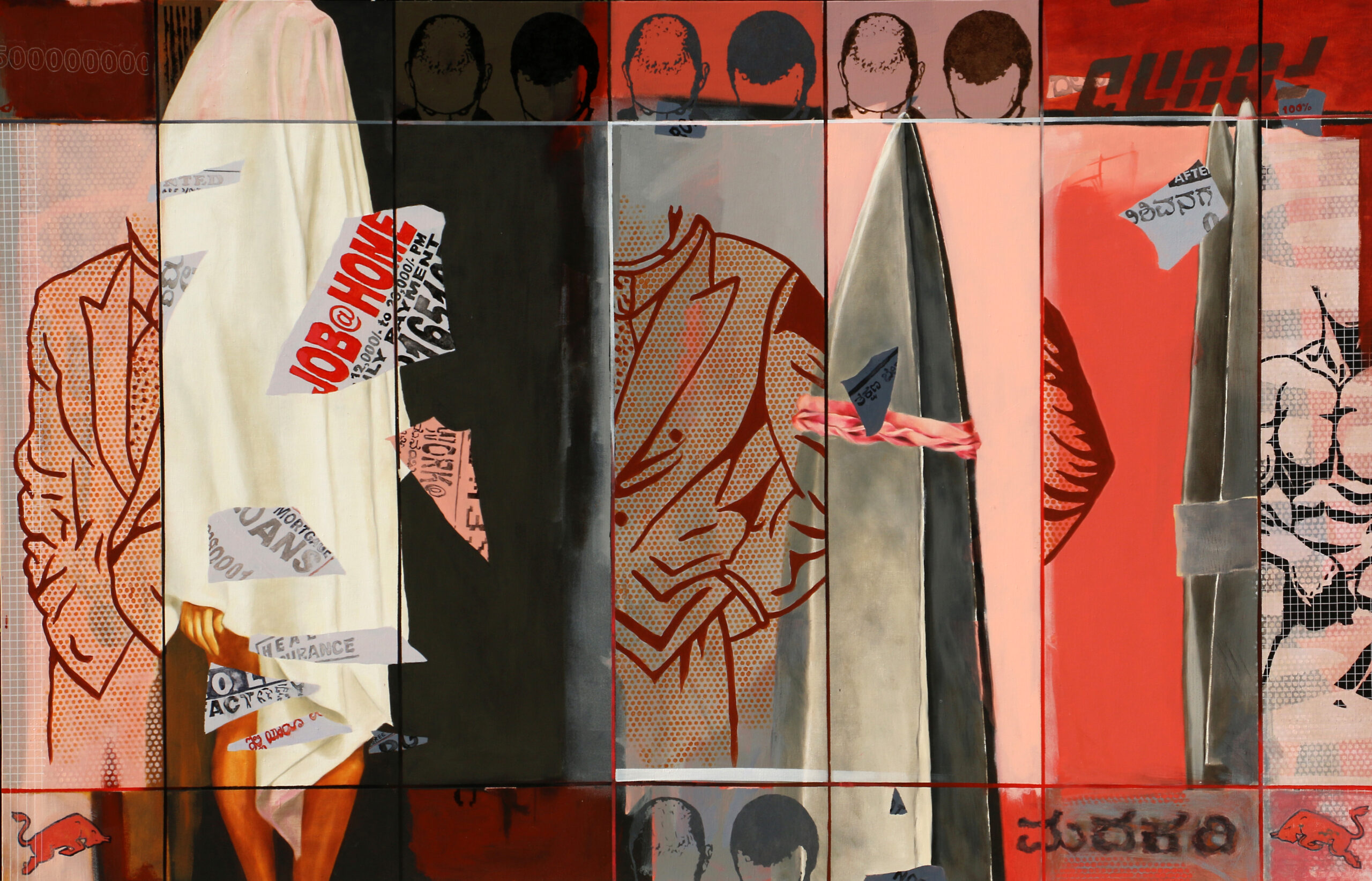AN ODE TO THE GODDESS OF MUSIC
Uma Nair
It isn’t often that one would find an exhibition at the National Museum which explores the marriage of technology and culture. But the strains of Beethoven’s composition from a hollow piano offers a unique multimedia interactive exhibition which seeks to unravel the mystique of music by exploring its scientific, artistic and spiritual dimensions and its reflections in the Goddess images across Asian cultures. “Musical Landscapes & The Goddess of Music: Recent Advances in Interactive Art”, mounted by Ranjit Makkuni, a celebrated technical wizard and an accomplished musician, sounded somewhat long and convoluted at first. But one step inside and you forgot the outer world of frenzy and here was a multiple sensory dynamism that quite drew you into its maw. Back in the day, Makkuni the veritable music and design genius had stated: “The exhibition presents advances in interactive art through an exploration of the science, art and spirituality of Music, and its reflections in the Goddess images across Asian cultures. It provides viewers an opportunity to enter the world of Asian music through electronic installations, digital images and recordings of performances by maestros.”
Makkuni considers music essential to the ritual of temples and has this uncanny understanding of all kinds of wind as well as stringed and primitive instruments bringing his epicurean eye to the mood of meandering momentuousness.While it is the 2nd and 3rd rooms that present both traditional and new instruments based on the Indian Sitar, Burmese Saung Harp, Thai Xylophone, Korean Kayagum, Chinese Guzheng and Pipa, Vietnamese Dan Tranh, and Javanese & Balinese Gamelan, what is most fascinating is the viewer-friendly interactive resonance that takes place while we breathe into the Flute Tree or the series of little trumpets kept as installations atop many instruments. Quaint is the feeling of listening to little snatches of music, even more curious is the feeling that music isn’t about the complete raga or the vilambit or the antaraa. Its about a small melody that can touch a chord.



